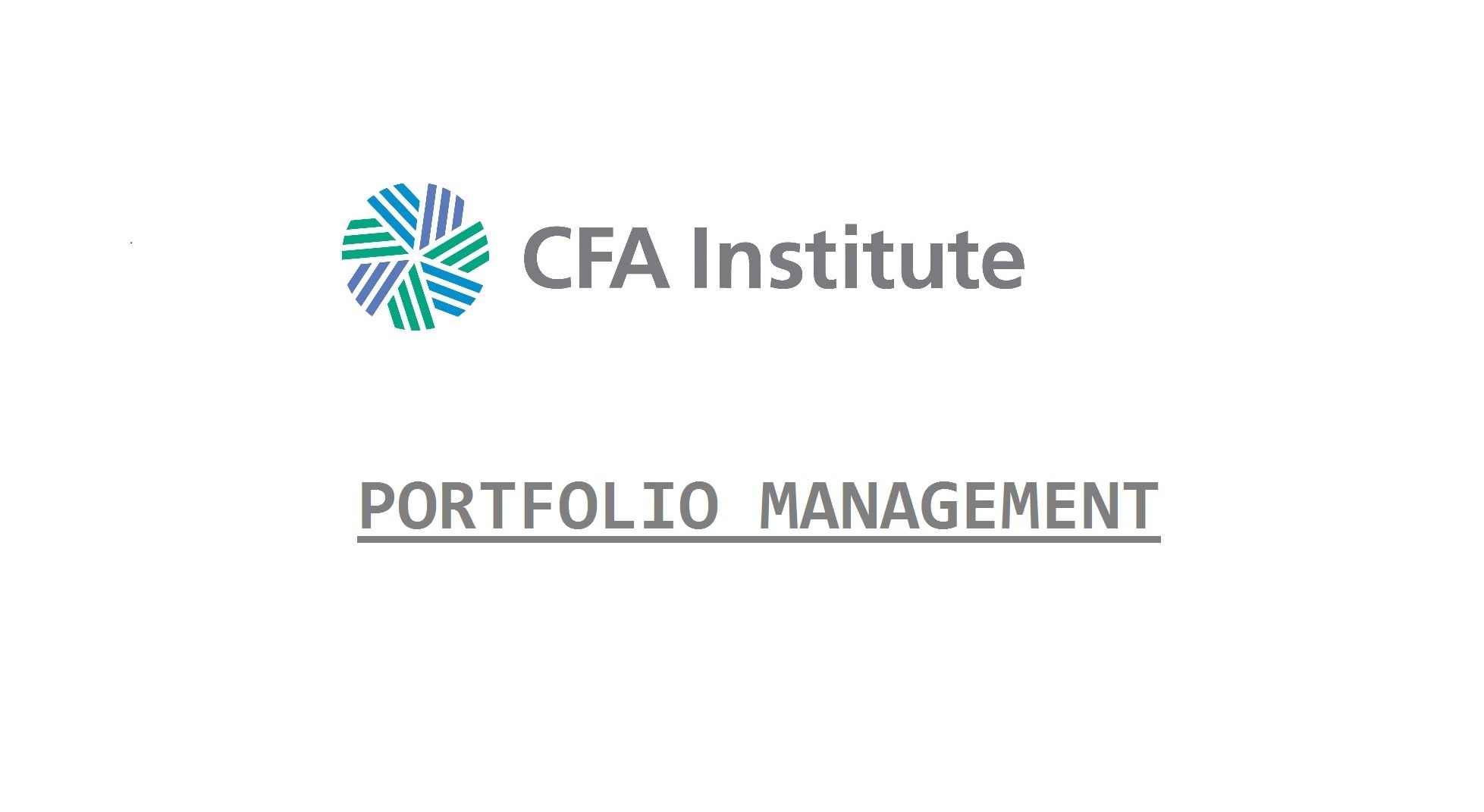In general, risk management for individuals is the process of identifying threats to the value of household assets and developing an appropriate strategy for dealing with these risks. The risk management strategy provides a framework that allows a household to decide when to avoid, reduce, transfer, or self-insure those risks. There are typically four key steps in the risk management process:
- Specify the objective.
- Identify risks.
- Evaluate risks and select appropriate methods to manage the risks.
- Monitor outcomes and risk exposures and make appropriate adjustments in methods.
Financial Stages of Life
Net wealth is the sum of the individual’s FC and HC less any liabilities owed by the individual. A typical individual might start an employment career with high HC and low FC. As remaining work career decreases with age, HC generally declines over time while FC increases as the individual saves and invests.
Education. The individual gains knowledge and skills through formal and informal education and apprenticeship. There is minimal emphasis on saving or risk management.
Early career. The individual enters the workforce, often starts a family, and assumes other personal responsibilities. Saving may be difficult and life insurance may be needed to insure substantial HC against death and the cessation of work income to meet continuing financial obligations to the family.
Career development. After becoming established in a career, job skills can continue to expand and upward mobility increases. Financial obligations often increase to fund the college education of children. Successful individuals generally build FC and retirement savings over time.
Peak accumulation. FC accumulation is typically greatest in the decade before retirement. Earnings and the need to accumulate funds for retirement are high. Financial obligations to educate the children are ceasing. Investment risk may start being reduced in anticipation of retirement. Career risk can also be high as it can be more difficult to find equivalent employment in the event of unplanned job loss.
Preretirement. Emphasis continues to be on accumulating FC for retirement, beginning to reduce investment risk, and tax planning for retirement.
Early retirement. Individuals adjust to a new lifestyle. For those with FC and good health, expenses could increase as they make use of the free time. The portfolio emphasis is on managing the portfolio so it will last for the remaining lifetime.
Late retirement. This stage is highly unpredictable. Individuals face longevity risk (out living their assets), increasing health care expenses could be an issue, and cognitive functions used to make decisions can decline.
In all stages, there can be unpredictable needs for health care and/or to care for family members.
The Individual Balance Sheet
The traditional balance sheet for an individual investor includes recognizable marketable assets and liabilities. Assets include any type of investment portfolio, retirement portfolio (or plan), real estate, and other tangible and intangible items of value. Liabilities include mortgage debt, credit card debt, auto loans, business debt, and student loans. The net value of an asset, or its equity, is calculated by subtracting liabilities associated with that asset from the gross value.
The traditional balance sheet includes those assets that can be valued easily but ignores other individual assets that are material, such as human capital and pension benefits.
The economic (holistic) balance sheet extends the traditional balance sheet assets to include HC. Liabilities are extended to include consumption and bequest goals. This more complete economic view allows better planning of resource consumption to meet remaining lifetime goals, as seen in the following example of an economic balance sheet.
An economic balance sheet that includes the present value of non-marketable assets and liabilities provides a much more accurate baseline from which to maximize the expected utility of future consumption.
The total economic wealth of an individual changes throughout his or her lifetime, as do the underlying assets that make up that wealth.
Traditional balance sheet assets, such as investments in marketable securities, real estate, and businesses, vary in importance from one life-cycle stage to the next. Non-traditional balance sheet assets, such as employer pensions, increase in importance later in the life cycle, providing an important source of stable consumption and affecting the optimal allocation of securities within an investment portfolio.
Individual Risk Exposures
Risk management for individuals requires:
- Specifying the objective, which is to maximize household welfare (utility).
- Identifying the risks to FC and HC.
- Evaluating and managing those risks through:
- Risk avoidance: choose actions to avoid the chance of the loss occurring.
- Risk reduction: choose actions that reduce the likelihood or amount of the loss.
- Risk transfer: use insurance products to transfer the loss to others.
- Risk retention (self-insurance): maintain sufficient assets to absorb the loss.
- Monitoring results and adjusting as needed.
The typical risks for individuals include:
- Earnings risk (insure with disability insurance) refers to loss in HC.
- Premature death risk (insure with life insurance) can be a serious risk early in the career when substantial HC could be lost. In addition, it may cause unexpected expenses that consume limited FC of the survivors.
- Longevity risk (insure with annuities) is the opposite of premature death risk as individuals who live too long are at risk of outliving their FC.
- Property risk (insure with property insurance) refers to sudden loss in value of physical property (FC).
- Liability risk (insure with liability insurance) refers to being legally responsible for damages and a reduction in FC. The driver of a car may be responsible for damages or loss of life caused by an accident.
- Health risk (insure with health insurance) can lead to direct loss of FC to pay illness or injury related expenses.
